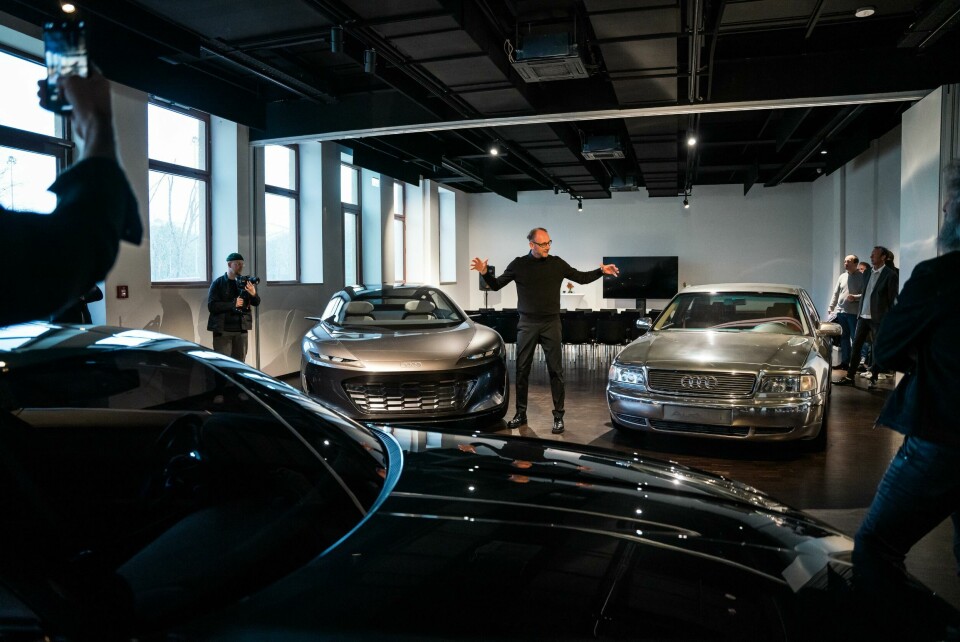
Interview: Audi’s Marc Lichte on AI and architecture
Car Design News spoke to Audi design boss Marc Lichte at the inaugural Car Design Event in Munich about AI, architecture and the brand’s plans for 20 new cars
Audi’s design supremo Marc Lichte was at the Car Design Event in Munich talking through the similarities between the Audi Grandsphere and the 1993 ASF Concept. Car Design News grabbed a quick chat with the designer to discuss the future
Car Design News: We have come the end of the Sphere series – what is next?
Marc Lichte: Yes, that’s the end. In the autumn, we will see the biggest product launch in history of Audi. There will be more than 20 cars, combustion engines and EVs as well. There’s been a delay because of the software as you probably know, but they’re coming over the next two years with a product launch each month.
That’s why we said that’s the end of the Sphere story, now we’re focusing on the launch of the series production models.
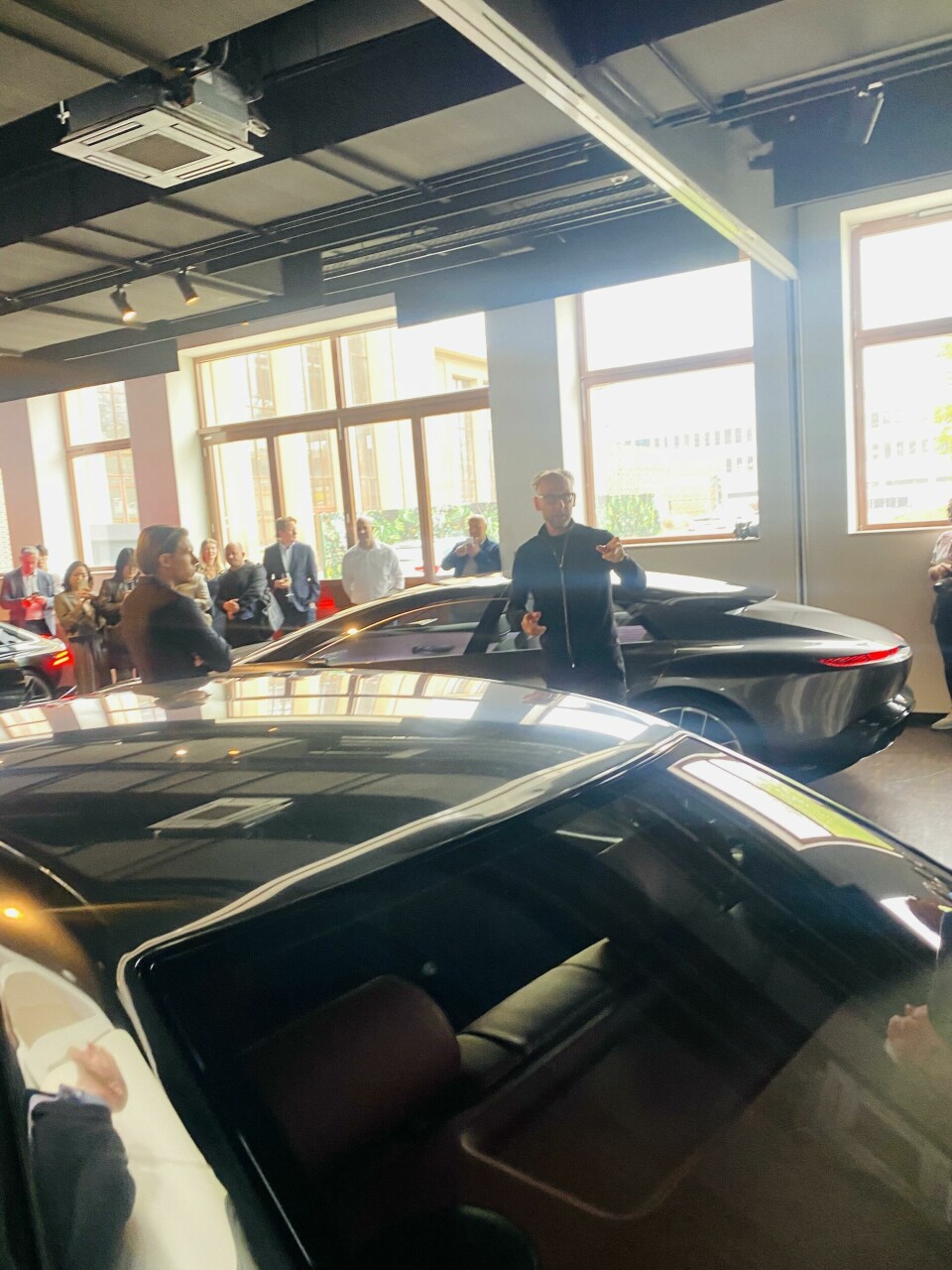
CDN: They all brought something different to the table.
ML: Aside from the Skysphere, they are very concrete teasers for series production models.
CDN: I wanted to pick up on the conversation at the press event and ask you how AI is going to influence design’s relationship with engineering.
ML: In the beginning of a project, we put everything into a room for around three months to define the project – engineers, salespeople, marketing, designers, plus customer feedback – and we do co-creations. The Urbansphere, for example, we designed in our studio in Beijing with concrete input from the target customers of Audi. To answer the question, there’s always input for all these different parts.
CDN: So, there’s not a concern that unless design gets ahead of AI and owns it, then another department may step into that space and say maybe we don’t need designers.
ML: I personally use AI. I have three studios located in Ingolstadt, Beijing, and in California. They’re all working in competition. In addition, I do an AI proposal and then we see – that’s my approach.
CDN: When we think about the designer of the future, is the advantage we have over AI a more complete knowledge of wider design culture. For example, an automotive designer will look at furniture, look at fashion…
ML: The difference between us and AI is inspiration. Where do I get the inspiration from? I’m crazy for cars. I collect old cars. During the day I’m in the future, and on the weekend I’m in the past. I love this. This inspires me. The second thing is I’m crazy for is sailing. I designed my own yacht. When you look at the Grandsphere, the interior and even the exterior is inspired by a sailing yacht. Put simply it is passion plus inspiration.
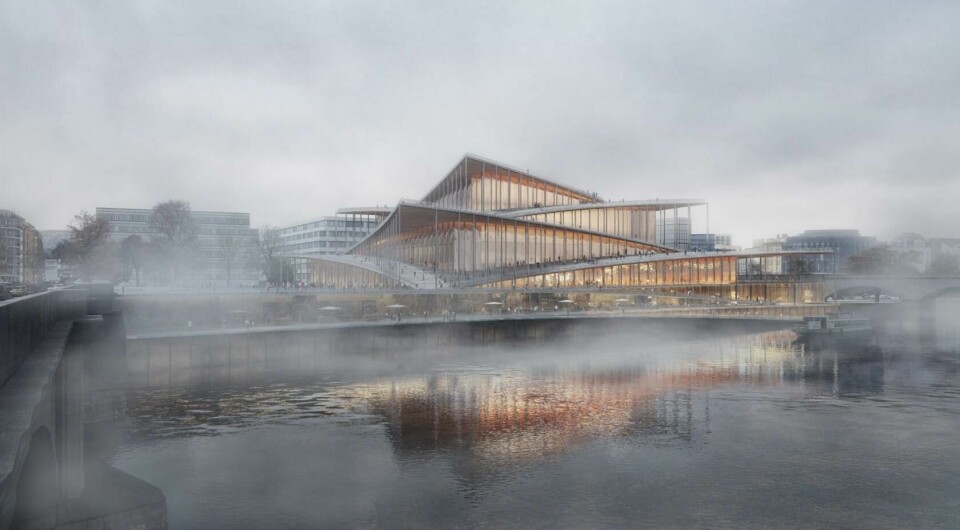
CDN: Yachts and cars can be seen as moving architecture.
ML: By the way, I love architecture. I’m good friend of Bjarke Ingles. Do you know Bjarke Ingles?
CDN: I do.
ML: Every project starts with a big idea and I love this approach. Maybe you know this, they designed the opera house in Prague – this is my favorite project. I visited him in Copenhagen and he showed me the model and all the ideas behind it. You can feel the passion. And this is so inspiring.
CDN: I remember him building a ski slope on top of a waste incinerator.
ML: Awesome idea, isn’t it? It’s the first skiing area in Denmark because there are no mountains, but there’s this building where they’re burning waste, which you can ski down.
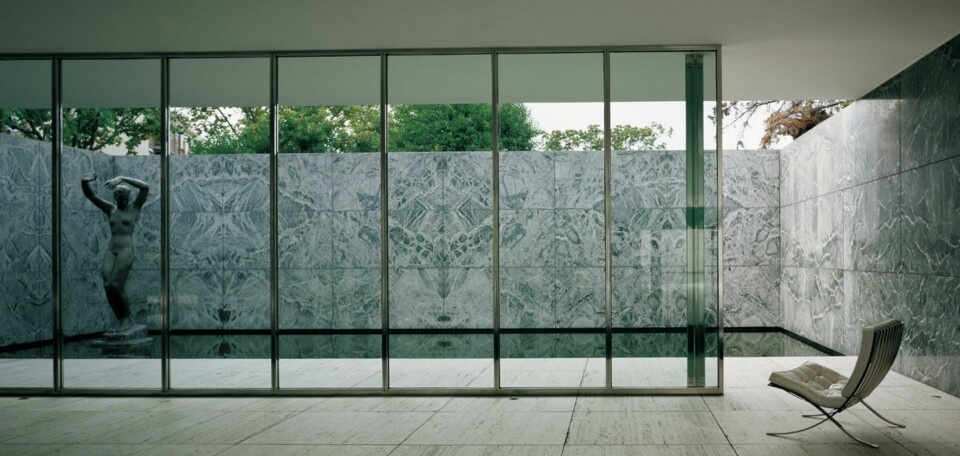
CDN: Is there a figure from architectural history you look to?
ML: I’m inspired by, for example, Mies van der Rohe. I think he’s a genius. Imagine that he designed the Barcelona Pavilion in the 1920s. Compare that to what most architecture was like in the 1920s. Or the Barcelona chair. Everyday day when I come at home, I sit on my Barcelona chair reading a book, or whatever, and I’m driven by this to create masterpieces.
That’s a little bit the approach of the Grandsphere. It reminds you of a classical GT, but overall, the proportion is completely different. I want to create timeless masterpieces. I know it’s very difficult because our life cycle is very short, and we have to come with something new.
But what if, for example, with the Audi Grandsphere that we keep the body like it is and produce a production car for maybe more than ten years, which is double time that cars last for today. Then we came up with face lifts, maybe refurnish the interior if you want so it can last far longer. This is, in terms of sustainability, a completely different approach.
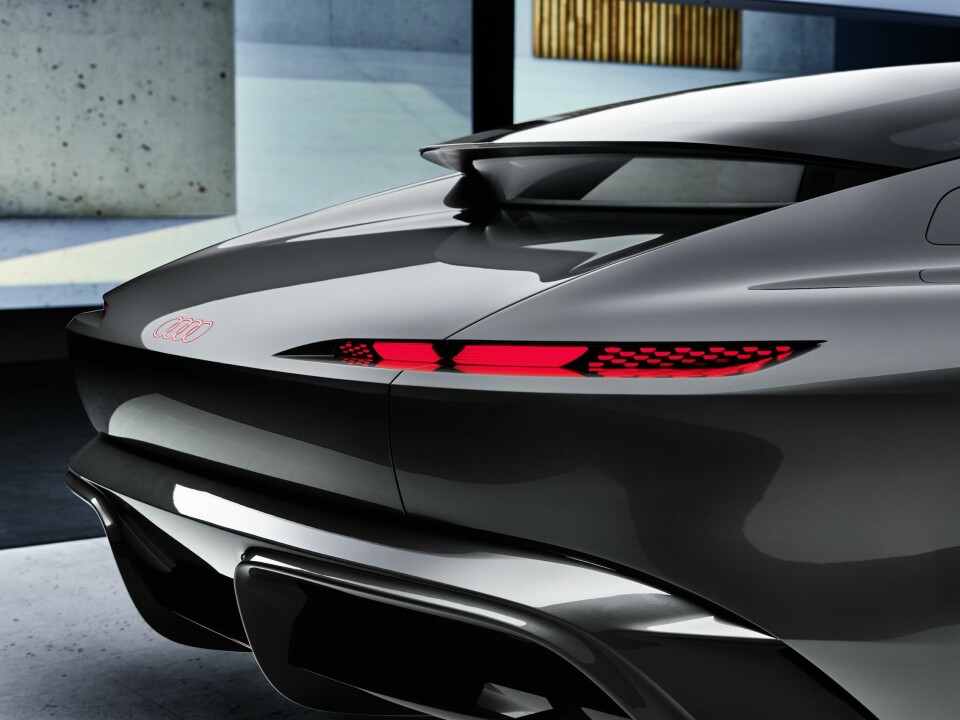
CDN: You’ve come to the end of the Sphere project and now you have a huge rollout ahead of you. Where are you in your career now? What’s next?
ML: It’s a very good question because I’m 53. I designed, I guess, 180 cars or something. I don’t know more than 100 were at VW together with my former boss. I’m always driven by a challenge, and when I started working at Audi almost ten years ago or nine and a half years ago, it has been a huge challenge. I have been head of exterior design and now responsible for the whole brand. I would say I achieved something – Audi’s different today than ten years ago. No, it’s a good question. I don’t have the answer yet, but I’m looking for a challenge, honestly speaking.



